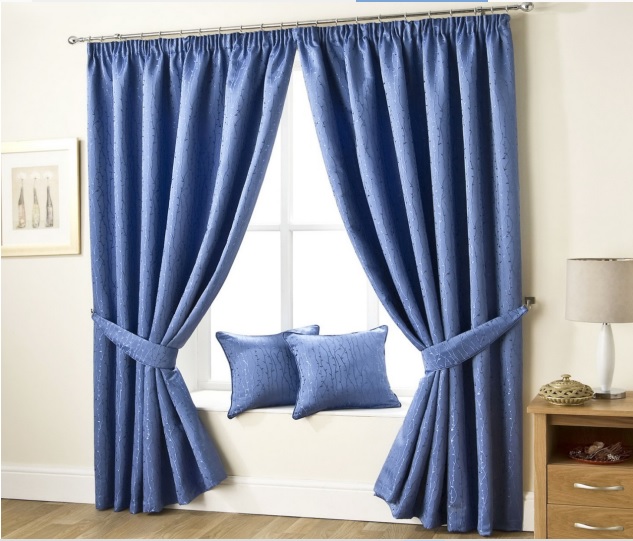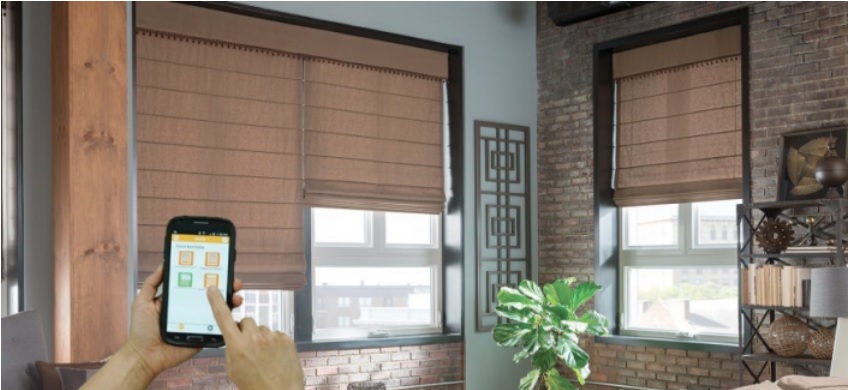
There are many situations today that can negatively affect your peace of mind. Traffic, car honks, and even passerby talk are just some of the reasons you don’t feel comfortable. Every person wants to have their peace in a residential or commercial interior.
You can get back home tired from work, and when you want to fall asleep, some outside noise disturbs you. Sounds coming from the streets or neighbors’ yard can also interfere with your concentration when working.
Curtains and drapes serve to cover the surfaces of windows. Although their original purpose is aesthetic, these fabrics are a barrier to unwanted sounds that can interfere with you while you rest or work. Depending on the use of the facility and the room where you want to fit these curtains, there are several different types of sound insulation, as you can see on Soundproof Pros websites.
Sound-Insulating Curtains

Sound-blocking curtains have thick fibers in their structure that have the function of preventing the light and sounds from the outside to get in. These are made on specialized machines that can produce very dense weave. The noise level is lower because of the thickness of the materials. They act in this case as a sound wall.
Formerly curtains were made of simpler materials, but today there are models made of more sophisticated fabrics. The highest quality curtain models have a better degree of sound transmission class (learn more here). They are mostly made of the mass loaded vinyl core and various polymer blends as an upper layer.
The curtains must be at least twice the width of the window so that you can create even folds. More folds, more barriers to sound to get inside the room. Although you achieve a good effect by covering only the surface of the window, it is much better when the dimensions of the curtain exceed the width and height of the window. Manufacturers offer custom-made models to the desired dimensions.
If the aesthetics of the interior allow it, always choose as long as possible, even floor-length models. It is crucial to pick a pattern that has a dense weave, and that has a certain weight. If the soundproofing curtain has these characteristics, then you can be sure that it is of high quality.
Sound-Absorbing Curtains
Curtains designed to act as sound blockers are not suitable for all purposes, although this option seems to be the best solution. Because these drapes do not allow the sound to get into the room, they do not let it come out either. That is not always desirable, especially if the place itself is noisy – like a music studio, a classroom in a music school, a kids’ room.
Sometimes the sound should be absorbed within the material rather than reflected. Materials used in making sound-absorbing curtains are different than sound-blocking models. These are lightweight and porous and allow sound waves to pass through to some extent.
Sound-absorbing drapes are a real deal for use in large rooms where echoes may occur. In order to prevent this from happening, sound waves are trapped inside the curtain. But they do not stay there; they transform into heat energy and leave the curtain fabric.
On the following page, find out what the sound waves are, how they travel, and where they go after the drapes absorb them:
https://www.explainthatstuff.com/sound.html.
Soundproof Blinds and Shades for Small Rooms

Drapes look decorative but are not the right choice for small flats or small windows. Especially those with soundproof features – they are quite cumbersome and take up a lot of space. That’s why blinds and shades are a better solution when you don’t have too much space. They are also recommended for offices, as they are easy to maintain.
Shades are a piece of thin, soft fabric that covers the window, while the blinds are thicker and go below the sill. Shades look nice, but they have low noise insulation performance. But so-called honeycomb cell blinds have excellent properties as sound absorbers. They are made of firm but lightweight materials (mostly some polyester) in the form of one or two rows of closed cells that should trap the sound.
Another solution is the so-called blackout curtains, which are thick blinds. Their cells are made of solid materials and mounted on a roller mechanism. In addition to soundproofing, these blinds are also an excellent thermal insulator.
Curtains and Drapes Don’t Block Every Sound
Although materials and craft technologies are advancing steadily, there are still drapes that will neutralize the outside noise one hundred percent. Any textile used to make these insulators must have a density as well as a fabric structure. Some fabrics may be denser, while others have rare weaving inwrought with various textile fibers.
The higher the density of the fabric, the higher the quality of the material. Thicker material means less of a leak. But there is no material with absolute density – millimeter holes exist on every fabric used in curtain making. That is why there is no perfect noise insulation.
The most significant percentage of external sounds pass through openings on facilities, namely doors and windows. These cannot be clogged, but you can insulate them to increase comfort in your home or office. Soundproofing drapes are the right choice because they are imposed as a cheap and practical way to block noise, or, at least, reduce it to a tolerable level.








